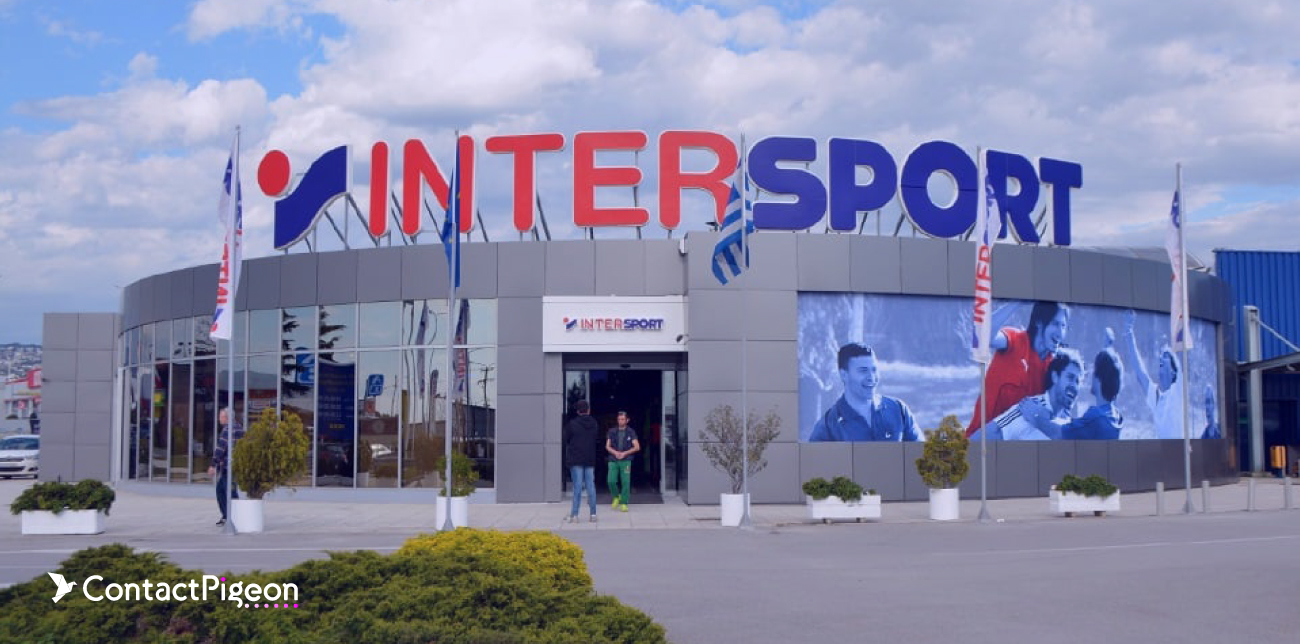The story of how Gap Inc., a leading global fashion retailer, took the world by storm is worth paying attention to. From its humble beginning, the company has attained impressive feats. However, it has also had its fair share of challenges. In 2021, the company recorded $16.7 billion in net sales, which represented a 21% increase from 2020 and a 2% growth from 2019 revenue. We explore the Gap marketing strategy that allowed the brand to penetrate different segments of the clothing market and achieve a widespread customer appeal. You will discover the strategies that made Gap the global fashion retail brand and hopefully identify some ideas to implement in your business.
In a rush? Listen to our article on the go:
Digging into Gap’s history
Early days

Gap was born in 1969 when a 40-year-old real estate agent, Donald Fisher, couldn’t find a pair of jeans that fit perfectly. He saw an opportunity, and along with his wife, they decided to open a store and stock Levi’s jeans of all sizes. They named the store The Gap, inspired by the generational gap between what the retail industry offered and what younger consumers wanted. The store became a huge success, and by 1973 the company had opened up 25 stores in the U.S. The San Francisco Chronicle named Gap Inc. “Company of the Year” out of 500 top companies in Northern California in 1999.
From a single store on Ocean Avenue in San Francisco offering Levi’s jeans and records, Gap has grown into a global clothing and accessory brand catering to various market segments. In 1974, the company started manufacturing and selling clothes under its name. This move was a huge success, and in 1976, the company went public with an initial offering of $1.12 million shares at $18 per share.
Expansion and development
In 1977, the company launched two new chains of stores: Logo and Brands. Logo targeted a “more mature and fashion-conscious customer” while Brands offered value-priced products.
Some of the company’s additional expansion moves include:
- In 1983, the company acquired Banana Republic Travel & Safari Clothing Company, a safari-themed store owned by Mel and Patricia Ziegler and founded in Mill Valley, California. The company changed the design to be more upscale and shortened the name to Banana Republic.
- In 1984, the company launched.
- The iconic Pocket-T launched one of its all-time classic products.
- In 1987, the Gap opened a shop in London as its first move outside the U.S.
- In 1989, it opened another shop in Vancouver, Canada.
- In 1994, it opened the first Old Navy store in Colma, California. Based on a successful prototype, Gap Warehouse became the company’s most successful brand. The name Old Navy was inspired by a bar in Paris.
The elements comprising the Gap marketing strategy
The Gap marketing strategy is the foundation of its success. From the onset, Gap’s positioning as the brand for the younger consumer was a home run. The company later produced clothes for different age segments.
One of the Gap’s key marketing strategies is to create a unique identity for each brand. For example, the original Gap brand centers on a classic, casual style for young consumers. Banana Republic is connected with more sophistication and upscale fashion. Old Navy is designed as affordable, on-trend clothing for the whole family.
Target markets
Another key Gap marketing strategy is to target different segments of the apparel market with different brands. Gap’s initial target market was young consumers aged 17-25. The company’s other brands cater to different age groups, ranging from kids to the elderly. For example, the company’s Old Navy brand targets families and budget-conscious shoppers. It offers stylish, yet affordable clothing for men, women, children, and babies.
The Athleta brand targets fitness-minded and outdoorsy women who keep an active lifestyle. It sells workout clothes and fashionable but functional casual wear. Banana Republic targets people who value higher-end fashion and don’t mind paying for it. The brand collection features modern, modish, and pricey designs.
Product diversity
Gap offers several apparel and accessories through its various brands. The Gap brand has casual clothing for men, women, and children, including jeans, T-shirts, shirts, sweaters, dresses, skirts, blouses, jackets, pants, joggers, hoodies, pajamas, and shoes, as well as perfumes.
Old Navy features a wide variety of affordable clothing for the whole family, including maternity apparel. The Banana Republic, apart from offering modern and versatile apparel, sunglasses, belts, jewelry, hats, shoes, handbags, and fragrances, also sells bedding fabrics and art. It also has Petites and Tall categories to appeal to a diverse audience.
Athleta has workout clothes such as yoga pants, dresses, bras, underwear, nightwear, and swimming suits. There’s also the babyGap brand specifically for babies. Customers can buy baby wear, toys, nursery furniture, baby gear, and newborn essentials. Gap also sells gift cards that can be redeemed in stores or on its brand websites.
Pricing strategies
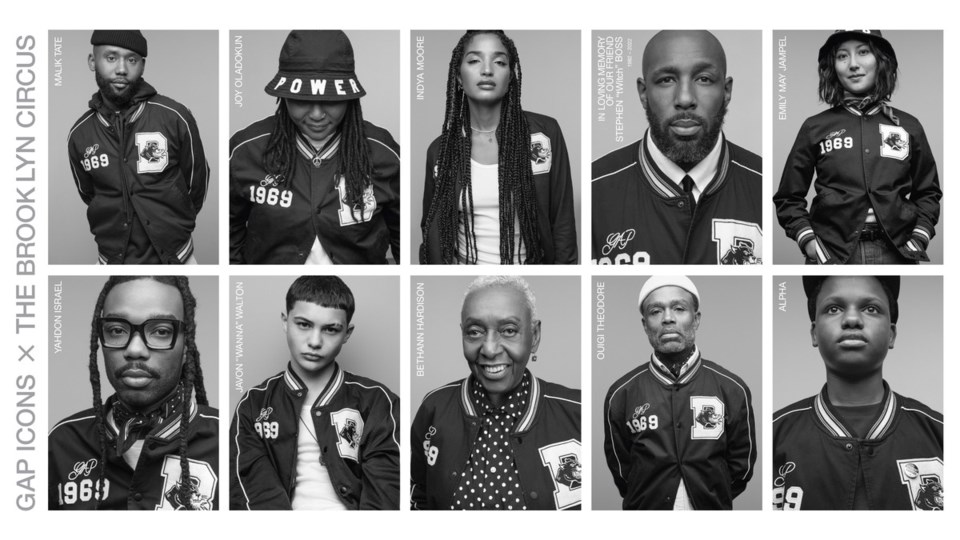
The apparel market is generally price-sensitive, and many consumers prioritize price while purchasing clothes. Brands under Gap use different pricing strategies to appeal to different segments. Old Navy offers competitive pricing, providing quality apparel at affordable prices.
Gap products, although priced higher, are still affordable for their quality. However, Banana Republic is a luxury brand, and the products have premium prices. The same goes for the Athleta brand.
In 2016, to stay competitive in pricing, the company started a price optimization strategy by integrating cloud solutions to adjust prices based on demand and customers’ responses to price changes. (ALTOROS)
Distribution strategies
Gap consumers can purchase the company’s products via its physical stores, its website, or from third-party sites such as Amazon. Gap makes its products available to its customers in over 3,000 company-operated and franchise stores located all around the world.
Another Gap marketing strategy is to make it more convenient for customers to buy its products by giving them the option to order them online and pick them up in a store and return them to a physical store if necessary. Customers can also locate easily a store near them from the company’s website.
The company is focusing on moving most of its business online. It has closed many stores, opened more distribution centers in the United States, and plans on getting 80% of its revenue via eCommerce by the end of 2023. (Retail Brew)
Promotion strategies

Gap’s marketing strategy adopts a variety of promotional techniques to encourage brand loyalty and build a positive brand image, including:
Use of gift cards
Anyone can buy the company’s gift card and have multiple options. They can receive it with a personalized message and photo via email (eGiftCard) or delivery by mail. Gap also allows customers to order customized gift cards with a preferred picture.
Users can redeem the gift card on any of the four brands: Gap, Old Navy, Banana Republic, and Athleta, online or in stores.
Corporate social responsibility
The company involves itself with corporate social responsibility, such as the PACE program, which empowers women in the communities where the company manufactures its products. It has trained over 700,000 women across 17 countries. (Gap)
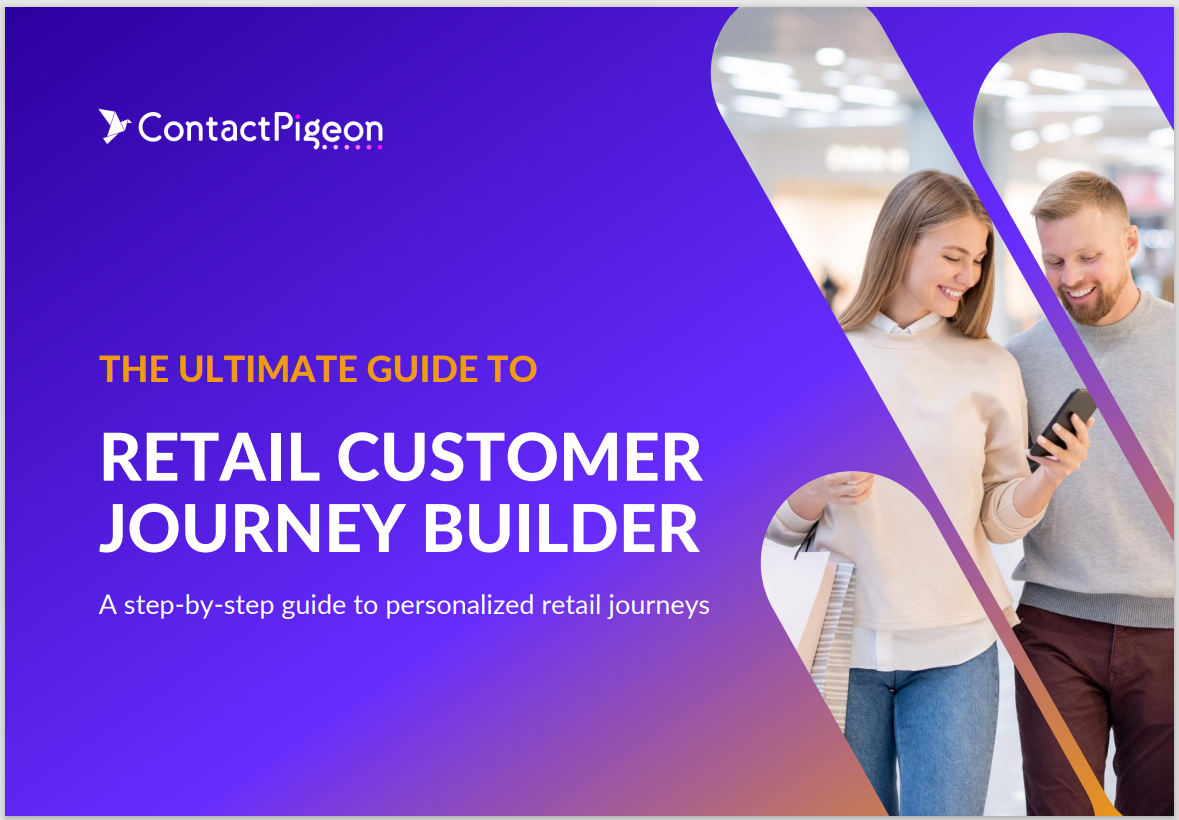
Build smarter customer journeys and activate AI-driven personalization for repeat purchases.
The Gap marketing strategy and its omnichannel adaptation
Omnichannel enables a company to engage with customers on different platforms and provide a seamless and consistent experience. Gap’s omnichannel adaptation gives customers a pleasant shopping experience whether they shop in-store or online.
As part of Gap’s marketing strategy, it allows customers to switch from online to store shopping with its buy online, pick up in-store service. Take a look at the key components of Gap’s omnichannel customer engagement strategy:
#1: Utilizing an omnichannel approach for optimal customer engagement
Gap makes it easy for customers to discover new products and achieve a delightful shopping experience. Its app provides exclusive offers and a mobile payment feature that allows customers who own a GapCard credit card to manage their accounts and rewards directly in the app.
Acquiring detailed knowledge about customer behavior
The company synchronizes customers’ data to provide personalized recommendations on its app and website. For example, brand websites recommend products to customers based on what they’ve browsed or previously purchased.
Re-engaging with potential customers through retargeting
Like other retailers, Gap retargets potential customers who have visited its website without completing a purchase.
Growing the number of subscribers
Gap’s loyalty program has been instrumental in acquiring new customers. In a press release back in 2021, the company said that since its relaunched its loyalty program in the fall of 2020, they have enrolled more than 19 million new customers in less than 12 months. Approximately, the Cardmembers and the Rewards members combined are 37 million users. (Gap)
#2: Adding personalization to the marketing mix
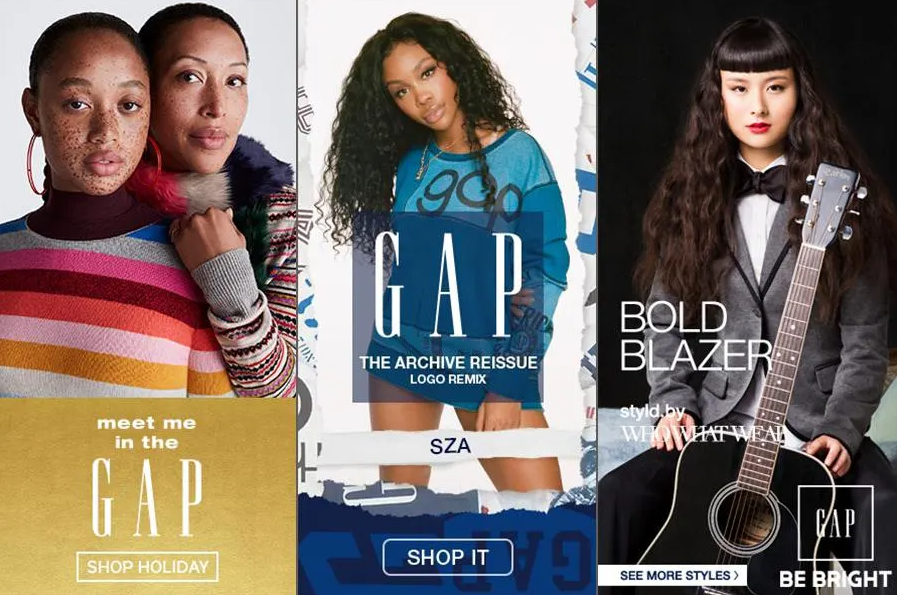
Personalization is the heart of Gap’s marketing strategy. Here are several ways Gap personalizes its marketing:
- The company uses proprietary software, CDP, to collate its first-party and third-party data, understand its audience and segment it before running marketing campaigns.
- It uses dynamic content optimization to personalize the content it shows each consumer.
- The company reports that 74% of its website visits, 80% of its emails, and 80% of its product presentation are personalized. (diginomica)
#3 Using technology to provide better customer service
Gap’s store associates started using mobile devices in 2017 to improve customer experience on store floors. Customers no longer have to wait in line to open store credit cards, pay for purchases, or place home delivery orders because store associates use mobile devices and mobile printers to conduct transactions.
Customers check prices inside stores on wall-mounted Android devices equipped with scanners. Some are installed in dressing rooms so customers can scan a product tag and ask to get a different size or color in the room. (vmware)
Analyzing Gap’s eCommerce website
Gap is undoubtedly one of the top and most highly evaluated retail brands. We’ve analyzed four-page templates of its site to identify eCommerce best practices and mistakes you should avoid.
A. Analyzing Gap’s Homepage

What we liked:
- Easy access to Gap’s brands: The header displays other Gap brands, which makes it easy for customers to access them.
- Prominent offer: One can easily see the discount offers, and the timer shows when the Family & Friends offer will end, which adds the urgency element and can be an incentive for some people to act fast.
- Video: The video on the homepage is catchy and engaging. The “unmute” bottom is visible to visitors, which allows them to engage with the video even more.
- Dynamic search bar: The search bar is displaying different categories and products automatically, giving some incentive to the website visitors. There is also a play/pause option, for customers that want to stop the auto-rolling search.
What we didn’t like:
- Unclear CTA and link: The links and call to action on the page are not in clear contrasting colors, so users may miss them. For example, “SIGN IN OR JOIN” at the top of the homepage is not very noticeable.
- Poor color contrast: The offers on the website header, which are written in white, don’t contrast well with the gray background. So, although the offers are in a prominent place on the homepage, it’s easy to miss them.
- No sticky header: Without the sticky header functionality, website visitors lose track of their shopping cart.
B. Analyzing Gap’s Category Page

What we liked:
- Sorting options: Allowing visitors to search for specific items helps them find the products they want more quickly, which reduces churn.
- Navigation: The sidebar navigation groups all available products together, so users can see all the different subcategories under each product category.
- Filter: Users can filter their search results to help them find what they want quickly. This is a great way to reduce choice overload.
- Quick-add-to-cart functionality: A common eCommerce best practice, that allows visitors to choose their items faster and easier.
What we didn’t like:
- Slow speed: When you open some category pages, some of the product images take a few seconds to load.
C. Analyzing Gap’s Product Page

What we liked:
- Various product angles: There are several images of each product from different angles, including an up-close image of the model, an image of the product without a model, and the product in other colors.
- Rating: Visitors can immediately see the product and the number of ratings. They can also see other customers’ reviews at the bottom of the page. These provide social proof.
- Other product recommendations: Displaying other items that go well with the product and similar products is a great way to increase sales.
- Free pickup and free fast shipping: Customers can choose the store that is closer to them for pickup even before the checkout. The free fast shipping option is reserved for Gap’s loyalty members, incentivizing more visitors to join, while increasing AOV at the same time.
- Thorough product description and relevant information: Under the add-to-bag CTA, the GAP product page has different sections for fit and sizing, product-specific details, and instructions about the care of the item.
What we didn’t like:
- Swipe delay: You have to allow a one-second delay when viewing more product images. This can be frustrating to users.
- No “add to favorites”: There’s no option for users to save a product they like but aren’t ready to purchase.
D. Analyzing Gap’s Checkout Process

What we liked:
- Includes urgency: Telling customers some popular items can’t stay in the bag for more than 30 minutes is a subtle way to encourage them to purchase the item fast.
- Free shipping: Offering free shipping when customers’ purchases total $50 if they sign in is a great way to get them to create an account with Gap.
What we didn’t like:
- No social login option or guest checkout: Users can’t sign in with their social media accounts. They must manually type in their details, which can be annoying. Moreover, customers can’t complete their orders as a guest, adding one more step to the checkout process. This can prove fatal and prevent visitors from completing their purchases.
The challenges that Gap encountered over time
Logistical Challenges
As Gap expanded rapidly within the U.S. and other countries, efficiently managing its inventory and supply chain operations was challenging. The company had to keep up with an increasing demand for its products while ensuring timely delivery and optimal inventory levels across stores.
In overcoming this challenge, Gap invested in improving its supply chain and logistics capabilities by implementing advanced inventory management systems, enhancing its distribution network, and leveraging technology to streamline its logistics operations.
Technological Challenges
COVID-19 hastened the need for Gap to establish an online presence and develop e-commerce capabilities. This action involved investing in technology infrastructure, website development, secure payment systems, and order management systems to facilitate online transactions.
Financial Challenges
As Gap Inc. expanded its operations and opened stores in new markets, the cost of establishing and managing them became a financial strain. Also, the intense competition in terms of prices and promotional activities in the retail sector created pressure on its profitability. Gap’s business strategy included improving cost control, operational efficiency, inventory management, and financial planning in order to overcome these challenges.
Human Resource Challenges
Recruiting a large number of employees to accommodate its growth and expansion while maintaining quality standards posed challenges in finding qualified applicants, conducting effective recruitment processes, and ensuring proper onboarding, training, and development.
Aiming to address these issues, Gap leveraged technology to simplify the recruitment process, using online job boards to reach a broader pool of candidates and streamline application reviews. It also invested in robust employee onboarding, training and development programs, and promoting diversity and inclusion through a dedicated department.
Interesting tech Gap is now employing
Using the buildwith tool we scanned Gap’s website and have highlighted the most impressive technologies spotted:
- Optimizely: Businesses use Optimizely to deliver more relevant and effective digital experiences on websites and mobile through A/B testing and personalization.
- Find a store: Helps customers to find a store close to them using their ZIP code.
- New Relic: A dashboard that tracks application health and availability while also monitoring real-world user experience.
Must-know facts and stats about the Gap
- In the 1990s, the Gap made khakis and swing music cool. (THINKWITHNICHE)
- The Gap changed its logo temporarily in 2010. (THINKWITHNICHE)
- The first Gap store sold Levi’s jeans and records. (Gap)
- Gap brand Old Navy was the first retailer to hit $1 billion in less than four years. (Gap)
- The company has more than 3,000 stores worldwide. (Gap)
- In 2022, the company reported net sales of $15.6 billion, down 6% compared to the previous year. (Gap)
Gap’s fresh news
- “The Gap, Inc. Launches New Collection with the Brooklyn Circus” {bkreader.com}
- “How Gap is Revamping Its Marketing Strategy for 2023” – {mediashower}
- “Gap Inc. Deepens Connection To Consumers With New Loyalty Program” – {Forbes}
- “Gap Inc. Opens Up Supply Chain to SMBs” – {WWD}
What the Gap marketing strategy has taught us
The magnificent achievements that define Gap’s success are not a result of luck but of a consistent, brilliant, passionate, and exceptionally executed strategy that is successfully replicated online.
Personalization and a relentless dedication to providing customers with a delightful online and offline shopping experience are at the heart of Gap’s marketing strategy and success.
The impact of the COVID-19 pandemic leaves no room for idling and resting. Brands need to find ways to engage and delight their customers. It’s important to conduct deep market research before investing in a powerful customer engagement platform.
Book a free 30-minute retail customer engagement consultation with ContactPigeon’s experts and incorporate an omnichannel strategy that will boost customer engagement and growth in your business.

Let’s Help You Scale Up
Spending time on Linkedin? Follow us and get notified of our thought-leadership content:


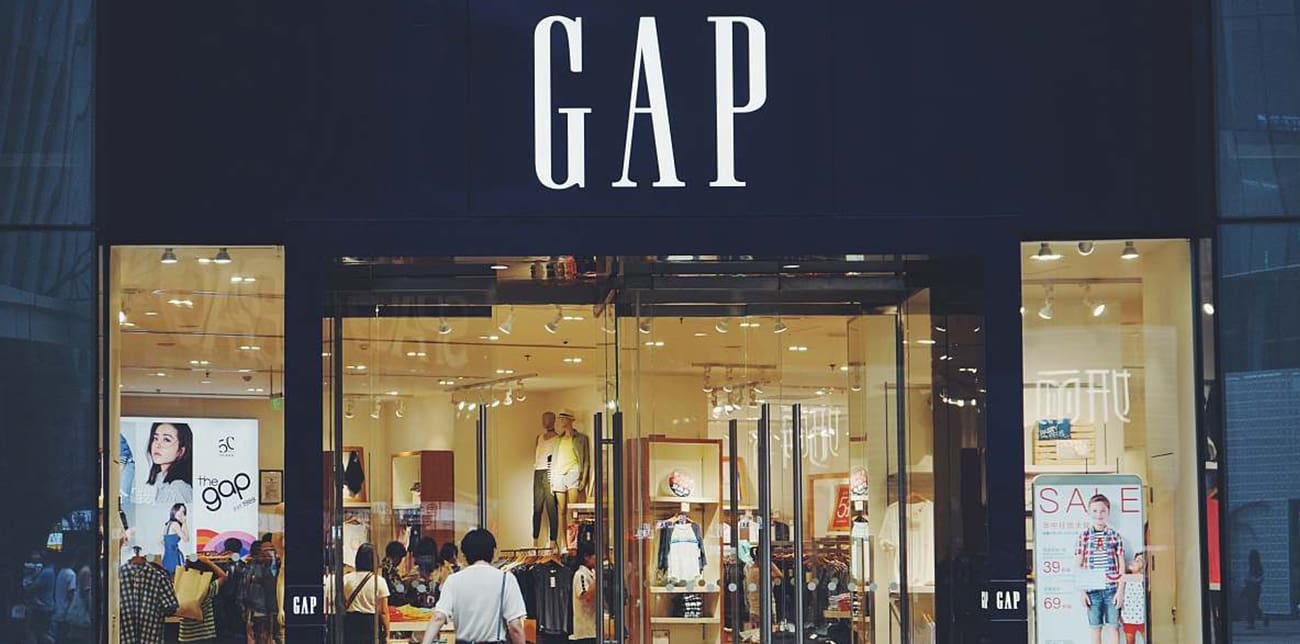
![Benchmarking Growth Strategies of Top Fashion Retailers [Study]](https://blog.contactpigeon.com/wp-content/uploads/2025/11/top-fashion-retailers.jpg)
